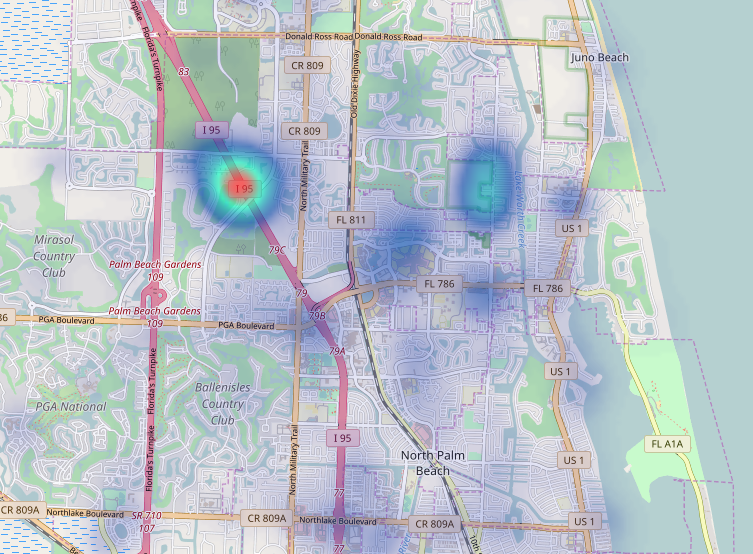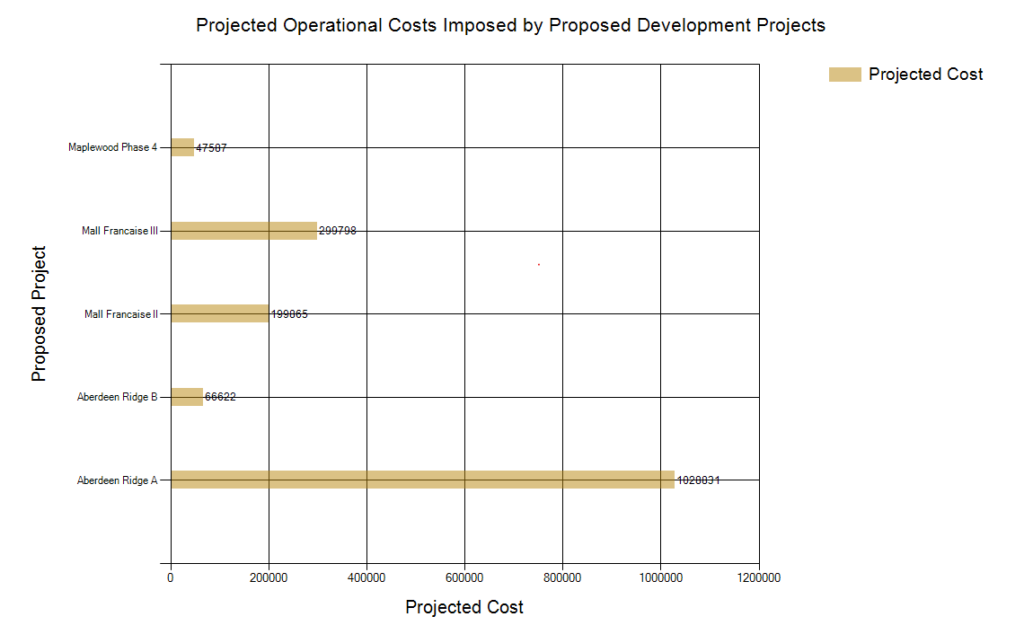Managing Growth and Service Change
Code3 Visionary lets you anticipate service demand based on future growth and change. It uses sophisticated statistical and machine learning techniques to build a comprehensive model of your recent growth trends by incident type, geography and time factors, providing actionable intelligence about the effects of current growth patterns on your service. It also enables you to gauge the effect of specific planned developments (e.g., three new senior facilities, a residential subdivision annexation and the redevelopment of a warehouse district into high-density commercial/residential mixed use), based on either prior experience with similar usages, or on a wide array of causal factors including population, density, demographics, employment, valuation, road and building characteristics, code and law enforcement data and any other factors available in your data. Code3 Visionary provides incisive statistical information on anticipated service demand (from either background growth or specific planned development) that can be used for workload forecasting and for cost model analysis. Cost analysis has proved effective as a basis for levying impact fees on new development in jurisdictions where this is permitted.
Code3 Visionary integrates with Code3 Strategist to help you develop effective strategies for dealing with growth and change. Using Code3 Visionary data, Code3 Strategist can evaluate many deployment options in the face of alternate growth scenarios. For example, it provides answers to questions like, “Given 50%, 75%, 100% and 125% completion of the current plan, when do we need to add the first, second and third 40-hour peak units? Which station should receive the first one? Where should we build the new station? What’s the trigger point for starting construction?”
A major Eastern metro is using Code3 Visionary and Code3 Strategist to develop best options for annexing a neighboring smaller department without impacting its own service delivery, while managing explosive growth within its existing borders. A progressive Northwestern tech hub is planning for significant expansion of a major tech vendor along with major demographic changes and increasing demand from auto-aid partners. Cities in the Southeast, West and Midwest are using these tools to anticipate service demand, assess impact fees (where permitted by law), and plan effectively for alternate future scenarios.



